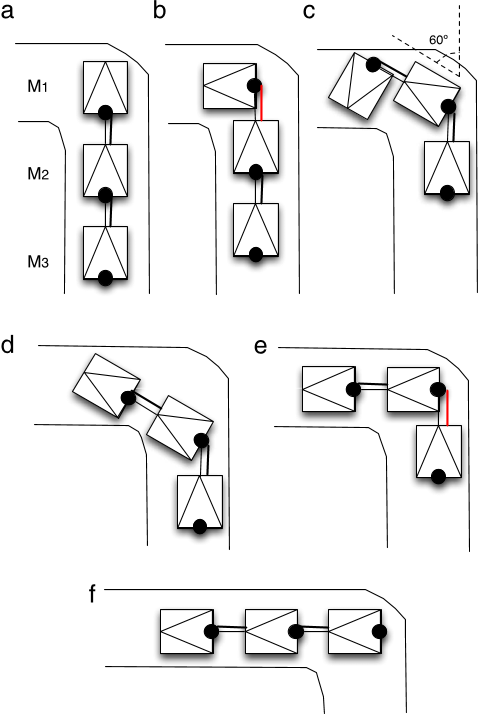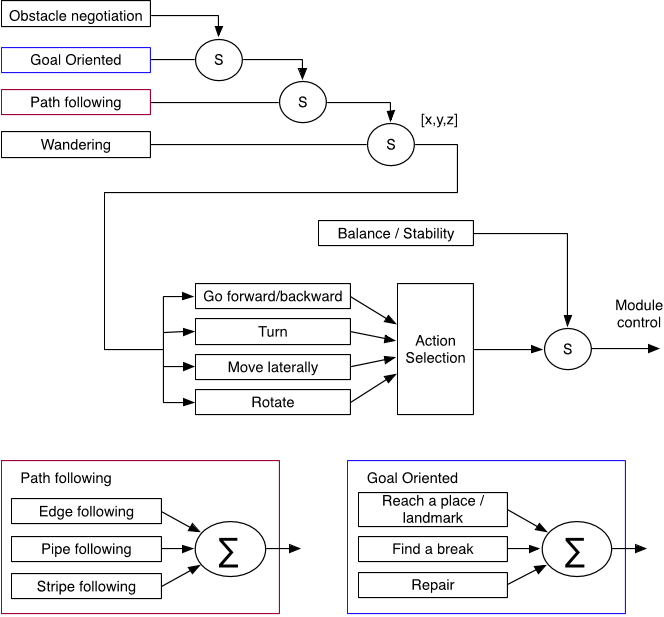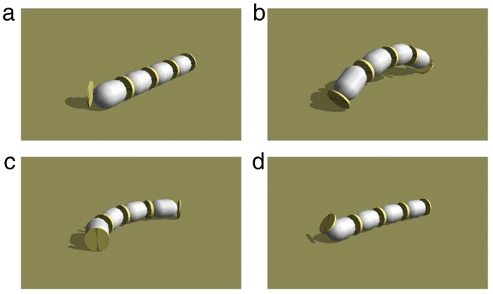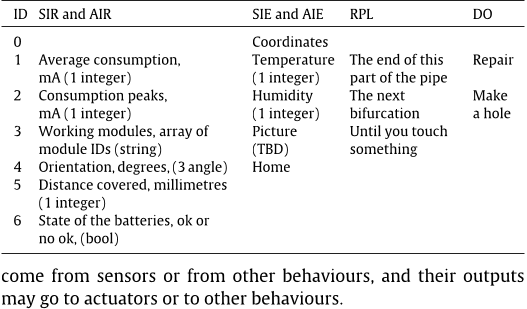Abstract: The main purpose of introducing ambient assistive living (AAL) robots is to assist the disabled and elderly people at home. In recent years, this field has evolved quickly because of the enormous increase in computing power and availability of the improved variety of sensors and actuators. However, design of AAL robots control system is a huge challenge, which require solving issues related to two classes: design of mechanical structure and development of an efficient control system. In this chapter, we focus on the latter topic, since even relatively low quality hardware can be used for solving sophisticated tasks if the software control it correctly. The chapter starts by giving a vision of what heterogeneous AAL robots is supposed to look like and how a human is to act, navigate and function in it. Particularly, we investigate the effect of artificial neural network (ANN) based control techniques for AAL robots. To enhance the accuracy and convergence rate of ANN, a new method of neural network training is explored, i.e., grey wolf optimization (GWO). Moreover, we provide an overview of applying emerging metaheuristic approaches to various smart robot control scenarios which, from the author’s viewpoint, have a great influence on various AAL robot related activities, such as location identification, manipulation, communication, vision, learning, and docking capabilities. The findings of this work can provide a good source for someone who is interested in the research field of AAL robot control. Finally, we concludes with a discussion of some of the challenges that exist in the AAL robot control.




















